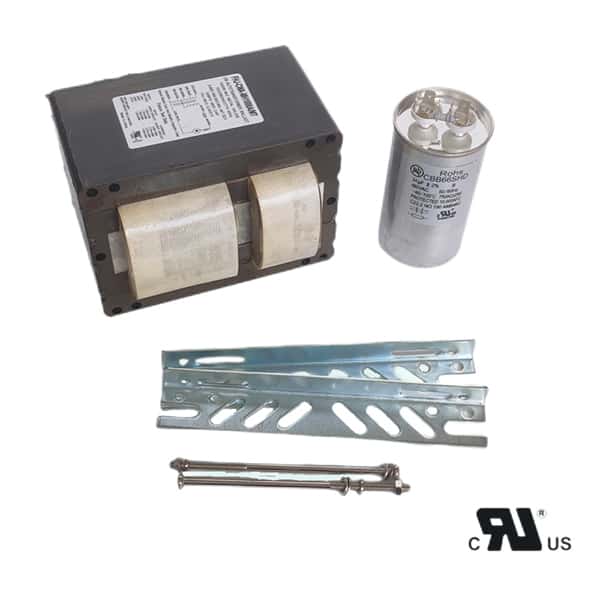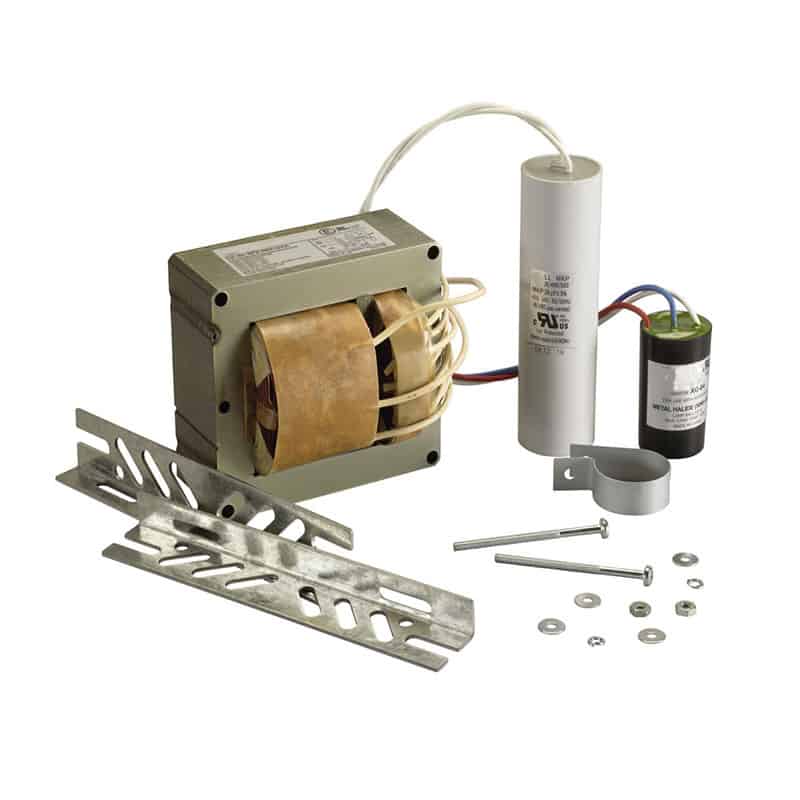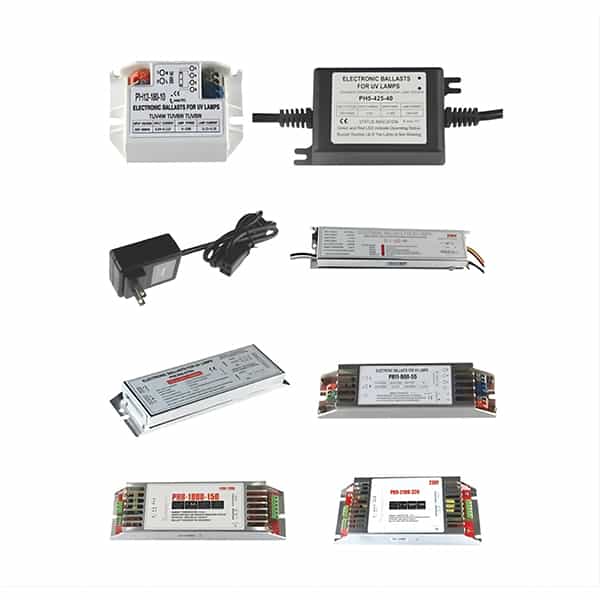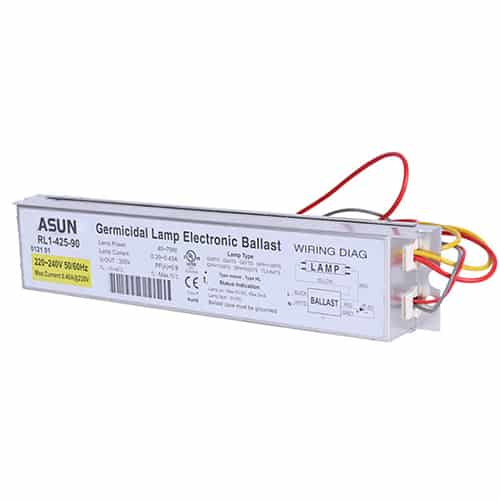Lamp ballasts are critical components in many lighting systems that make sure lamps work right and don’t blow up. They control the electrical current and voltage that go to the lamp so it doesn’t overheat, flicker, or do other bad things. Knowing about the different types of ballasts helps you pick the right one for your project and make your lights work better. We’re going to talk about the different types of ballasts and what they do.
What Is a Ballast? A ballast is an electrical device that provides the necessary initial voltage to start a lamp and regulates the current during operation. Certain types of lamps, such as fluorescent and high-intensity discharge (HID) lamps, cannot function without a ballast. Without proper regulation, these lamps would draw excessive current, leading to overheating or damage. Ballasts ensure a steady light output, safe operation, and extended lamp life.
Major Categories of Ballasts Ballasts can be broadly divided into two main categories: magnetic and electronic. Magnetic ballasts are the traditional type, consisting of a core and coil assembly that uses electromagnetic principles to control current. They are durable but inefficient, often producing noise and heat. Electronic ballasts, on the other hand, use modern circuitry with components like transistors and capacitors. These ballasts are more compact, energy-efficient, and silent, making them the preferred choice in modern lighting systems.
Specific Types of Ballasts There are several specialized types of ballasts tailored to different lamp technologies and applications. Preheat ballasts are an older design used in fluorescent lamps that require a starter to ignite the lamp. They preheat the electrodes before providing the necessary voltage, but their inefficiency has led to their phase-out. Rapid start ballasts eliminate the need for a starter, offering smoother and faster lamp ignition by continuously preheating the electrodes. Instant start ballasts, as their name suggests, ignite lamps immediately by delivering a high initial voltage. While efficient for applications requiring quick illumination, they may shorten lamp life due to higher electrode stress. Programmed start ballasts are the most advanced type for fluorescent lamps, offering gradual ignition to minimize wear on the lamp. They are ideal for settings with frequent on/off cycles, such as motion-sensor lighting systems.
Ballasts for High-Intensity Discharge (HID) Lamps HID lamps, including metal halide, high-pressure sodium, and mercury vapor lamps, require specialized ballasts. Probe-start HID ballasts are common in older systems and use an internal starting electrode to ignite the lamp. However, they have limitations such as slower starting times and less efficiency. Pulse-start HID ballasts improve on this design by using high-voltage pulses to start the lamp, resulting in faster ignition, better energy efficiency, and longer lamp life. Electronic HID ballasts represent the most advanced option, offering consistent illumination, compact design, and better dimming capabilities.
Dimmable Ballasts Dimmable ballasts allow users to control the brightness of compatible lamps, making them ideal for spaces where lighting levels need to be adjusted, such as conference rooms, theaters, or retail environments. These ballasts work with specific types of fluorescent and HID lamps, providing greater flexibility in lighting design.
Specialized Ballasts Hybrid ballasts combine magnetic and electronic components to meet unique application needs, balancing the benefits of both technologies. Self-ballasted lamps, such as compact fluorescent lamps (CFLs), integrate the ballast within the bulb itself, simplifying installation and operation. Additionally, LED drivers, which function as a modern alternative to traditional ballasts, regulate power for LED lighting systems. They provide precise control over current and voltage, ensuring optimal performance and efficiency.
Comparative Analysis of Ballast Types Magnetic ballasts, while durable, are less efficient and bulkier compared to electronic ballasts. They produce noise and heat, making them less desirable for modern applications. Electronic ballasts, in contrast, operate silently, consume less energy, and support high-frequency operation to eliminate flickering. Each type of ballast has its strengths and weaknesses, and the choice depends on the specific requirements of the lighting system.
Applications of Different Ballasts Different ballasts are suited for various applications. Magnetic ballasts are often found in older industrial fixtures, while electronic ballasts dominate commercial and residential settings due to their efficiency and compact design. HID ballasts are commonly used in outdoor lighting, such as streetlights and stadiums, as well as industrial facilities requiring high-intensity illumination. Specialized ballasts, like those used in UV sterilization or aquariums, are tailored for niche environments.
Future Trends in Ballast Technology Advances in lighting technology are driving the evolution of ballasts. The transition from magnetic to electronic ballasts is nearly complete, with electronic designs becoming the standard for energy efficiency and performance. Innovations like IoT-integrated ballasts are enabling smart lighting systems that allow remote control and monitoring. Additionally, the rise of LED technology is reducing the need for traditional ballasts altogether, as LED drivers take their place in modern lighting solutions.
Final Words: Ballasts are indispensable components in lighting systems, with various types designed to meet the needs of specific lamps and applications. From traditional magnetic ballasts to advanced electronic and specialized designs, each type plays a vital role in ensuring safe and efficient lighting. As technology advances, the future of ballasts lies in smart, energy-efficient systems that align with modern sustainability goals. Selecting the right ballast is crucial for optimal performance and energy savings, making it essential to understand the differences between these types.




